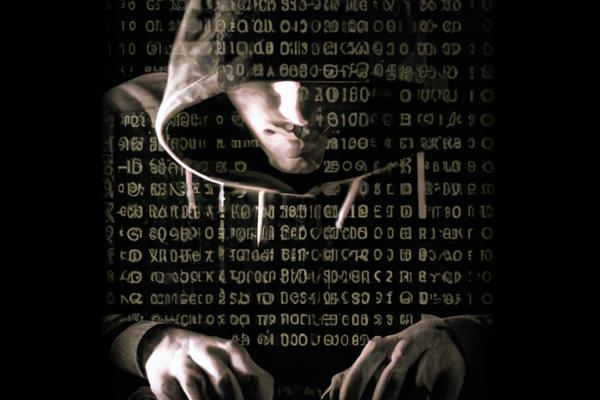Introduction
As modern smart buildings increasingly rely on interconnected systems for operations such as HVAC [1], lighting [1], and security [1] [3], they face significant cybersecurity risks [1]. The digitization of these systems expands the digital attack surface, providing multiple entry points for hackers. This necessitates a comprehensive approach to cybersecurity to protect against potential threats and vulnerabilities.
Description
Modern smart buildings [1] [3], which rely on interconnected systems for operations such as HVAC [1], lighting [1], and security [1] [3], face significant cybersecurity risks as they become increasingly digitized [1]. The integration of numerous devices [1], including IoT sensors and control panels [1], expands the digital attack surface [1], providing hackers multiple entry points [1]. Smart HVAC systems [2], in particular, are increasingly targeted due to their connectivity [2], which can disrupt operations [2], compromise data [2], and pose significant security risks [1] [2]. Even minor vulnerabilities [1], such as an unpatched smart thermostat [1], can lead to serious breaches [1], resulting in reputational damage [1], compliance fines [1], privacy violations [1], and operational downtime [1].
Cyberattacks on smart buildings are no longer theoretical; there have been instances of ransomware attacks that encrypt control systems [1], disabling heating systems and hijacking surveillance cameras [1]. Other common threats include phishing attacks that steal login credentials, man-in-the-middle attacks that manipulate communications [2], denial of service (DoS) attacks that overwhelm networks [2], and unauthorized remote access through poorly secured systems [2]. The legacy hardware and outdated protocols often used in building management systems (BMS) make them particularly vulnerable [1], as these systems were designed with functionality rather than security in mind [1].
To mitigate these risks [2], it is essential for BMS providers to adhere to industry best practices [3], including data encryption [3], regular security updates [2] [3], and secure remote access protocols [3]. Vendors and system integrators play a crucial role in establishing cybersecurity hygiene [1]. They are responsible for initial configurations [1], ongoing firmware updates [1], vulnerability patches [1], and implementing robust authentication policies [1], such as enforcing multi-factor authentication (MFA) and using encrypted communications [2]. Facilities should prioritize suppliers that adopt a “secure by design” philosophy [1], ensuring that security is integrated into systems from the outset [1].
A comprehensive approach to security that encompasses people [3], processes [3], technology [1] [2] [3], and communication is vital [3]. Facility managers should implement a layered cybersecurity strategy that includes asset inventory and network mapping [1], network segmentation to isolate HVAC systems, secure remote access [1] [3], regular patch management [1], intrusion detection [1] [2], and staff training on phishing awareness. Awareness of potential vulnerabilities is essential for effective protection [1], and conducting regular security audits and monitoring system logs for anomalies can further enhance security.
Regulatory compliance is also a critical concern [1], with emerging rules aimed at addressing cybersecurity in smart buildings [1]. In the US [1], frameworks like the NIST Cybersecurity Framework are being adopted [1], while European smart buildings must comply with the General Data Protection Regulation (GDPR) [1], which enforces strict personal data protection measures [1].
As smart building technology continues to evolve [1], so too must cybersecurity measures [1] [3]. Innovations such as zero-trust architectures and decentralized authentication protocols are on the horizon [1]. However, the foundational step remains understanding and addressing existing vulnerabilities to ensure the security of smart building systems [1]. Long-term prevention strategies involve choosing security-conscious vendors [2], integrating IT and operational technology (OT) teams [2], performing risk assessments before system changes [2], and fostering a cybersecurity culture within the organization [2]. Ignoring cybersecurity is not only risky but also irresponsible [1], as proactive measures can prevent costly consequences in the future [1].
Conclusion
The cybersecurity of smart buildings is a critical concern as these structures become more digitized. The impacts of cyberattacks can be severe, leading to operational disruptions, data breaches [2], and financial penalties. Mitigating these risks requires adherence to best practices, robust security measures [1], and a proactive approach to identifying and addressing vulnerabilities. As technology advances, so too must cybersecurity strategies, ensuring that smart buildings remain secure and resilient against evolving threats.
References
[1] https://www.cybersecurityintelligence.com/blog/cybersecurity-in-smart-buildings-8395.html
[2] https://donnellymech.com/blog/commercial-hvac/hvac-cybersecurity-protecting-smart-building-systems-from-digital-threats/
[3] https://www.j2inn.com/blog/a-comprehensive-guide-to-building-management-systems-bms





